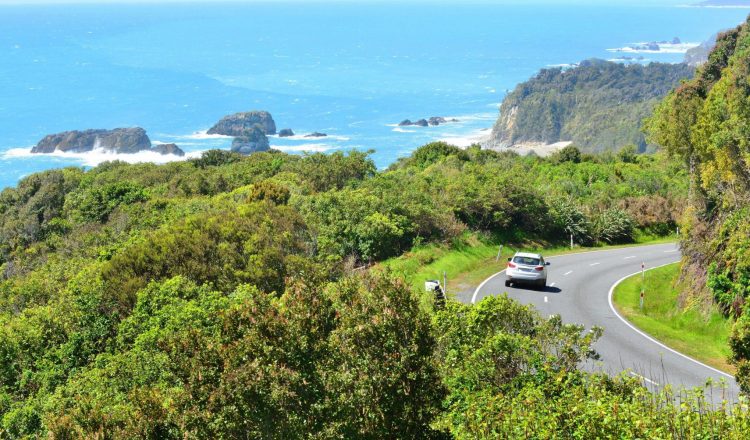スピード
今日のニュージーランドにおける交通安全の最大の問題は、スピードです。つまり、路面状況に対してドライバーがスピードを出しすぎています。
スピードはすべての事故に影響します。事故を引き起こす要因にもなりますし、衝突時のダメージにも直接影響します。事故の統計から明らかなのは、多くの人が雨天などの状況変化がいかに交通リスクを高めるかを過小評価しているということです。
制限速度内での安全運転
多くのドライバーは、制限速度で走行していても、危険な運転をしている可能性があることを認識していません。制限速度とは、完璧な状態の道路で走行可能な法定最高速度のことです。 しかし、道路状況が完璧であることはほとんどありません。安全運転のためには、交通状況や道路状況、天候の変化に気を配り、それに応じて速度を落とす必要があります。
状況に応じてスピードを調整する
速度を落とす必要がある交通状況は、以下のようなものがあります。
- 道路の交通量が多い場合
- 歩行者、ジョギング中の人、自転車の人がいる場合
- 多くの人が道路を利用する休日
- 駐車中の車がある場合
道路状況
速度を落とすべき道路状況には以下のようなものがあります。
- 道路上のでこぼこした場所や狭い場所
- 濡れた路面、凍った路面、砂利道
- 急カーブや滑りやすい路面など、危険を知らせる標識がある場合
気象条件
速度を落としたほうがよい天候条件には次のようなものがあります。
- 雨、雪、氷
- 風
- 霧
- 明るい日差し
スピードは交通安全にどのような影響を与えるのでしょうか?
スピードを出せば出すほど、事故に遭いやすくなります。速度を出すと、
- 停止するために必要な距離が長くなる
- 予期せぬ道路状況の変化に遭遇したときに、速度を出しすぎてしまう可能性が高くなります。
- 他の道路利用者があなたの走行速度を誤認する可能性が高くなります。
衝突による負傷の重症さは、スピード違反の有無にかかわらず、車両の衝突速度に直接関係します。
スピードを出した車が衝突するとどうなるか?
自動車の衝突時には、車の速度は急激に変化します。しかし、乗員は、物にぶつかるか、安全ベルトやエアバッグで拘束されるかして停止するまで、それまでと同じ速度で動き続けます。
人間の体は、スピードを出して物にぶつかることを想定していないため、スピードが速くなればなるほど、怪我の程度も大きくなります。
歩行者に対するリスク
歩行者が自動車に衝突した場合、怪我の程度は衝突速度に関係します。 歩行者の死亡確率は、衝突速度が速くなるほど高くなり、時速30kmから40kmでは約2倍、時速40kmから50kmではさらに2倍になります。また、高齢者や幼児などの弱い立場の歩行者の場合は、さらにリスクが高くなります。
スピードカメラに関するいくつかの事実
スピードカメラを使用すると、衝突事故の件数が大幅に減少します。1993年にニュージーランドでスピードカメラが導入されてから20ヶ月間の事故データを調査したところ、都市部のスピードカメラ設置場所では死亡事故と重大事故が23%減少し、地方のスピードカメラ設置場所では死亡事故と重大事故が11%減少しました。
国際的な経験からも、スピードカメラは費用対効果の高い速度管理ツールであることがわかっています。つまり、設置や運用にかかるコストに比べて、多くの人の命を救うことができるのです。
スピードカメラは、スピードに起因する事故が多発している道路に設置されます。警察は、スピードカメラの設置場所を決定する際に、地方自治体の議会、ニュージーランド運輸局(NZ Transport Agency)、地方のAA(Automobile Association)と協議します。

















































